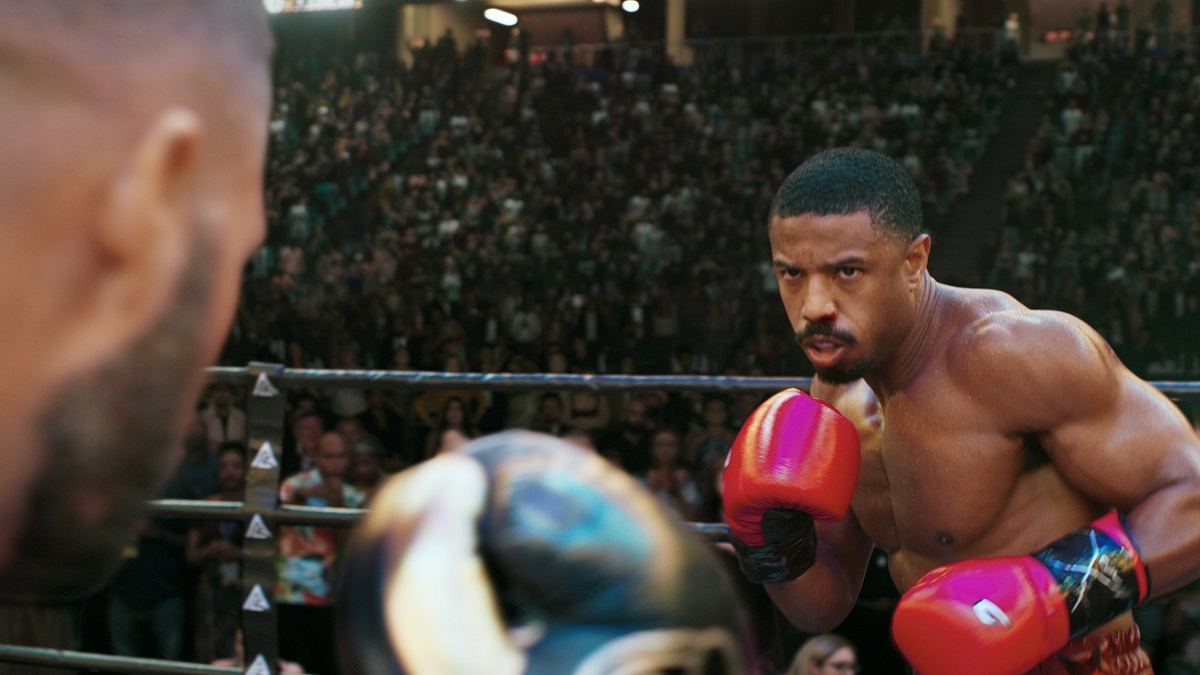Creed III has continued to deliver knockout blow after knockout blow to audiences and the box office alike, capturing many a heart while currently sitting as the fifth-highest grossing film of the year so far. Indeed, with a sharply-written script, a cast to die for, and, perhaps most of all, the double threat of Michael B. Jordan in both the leading role and the director’s chair, it truly is something special.
This was, of course, also Jordan’s first time helming a feature, and while his artistic touches were baked into just about every aspect of Creed III, they didn’t show up quite as loudly as they did during that final fight scene.
When Adonis (Jordan) and Damian (Jonathan Majors) finally faced each other in the ring during the film’s climax, audiences may have been ready for one of the most pulse-pounding fights they’ve ever seen, but we doubt they were prepared for how unconventionally, roaringly cinematic it was, and that delectable final product can be traced back to Jordan’s love of anime.
It’s no secret that Jordan drew upon this particular love when creating Creed III, especially for the fight scenes, whose influences range from One Piece to Dragon Ball Z to Naruto Shippuden. To channel such influences successfully, according to film cinematographer Kramer Morgenthau in an interview with Variety, a bit of “abstract theater” work was required.
Morgenthau, who previously worked on Creed II and has other credits that include Thor: The Dark World and the upcoming Captain America: New World Order, recalled working closely with teams of stuntmen, VFX artists, and fight choreographers, who all worked together to create fight rehearsals that could be worked on with a motion-controlled camera. This in turn allowed him to fine-tune Jordan’s vision by finding and then replicating that perfect shot with respect to the director’s influences.
“A lot of the fights were shot with a Steadicam, which allows the camera and the operator to dance with the boxers and find the sweet spot of the choreography. We took that anime language and integrated it in a way that was 100 percent MBJ’s vision.”
It certainly didn’t sound like an easy task, but there’s no denying that mouth-watering end result. If this is what we can expect from a Jordan-directed film going forward, we’ll keep our fingers crossed that he gets behind that camera as much as possible, especially if we keep seeing Morgenthau in his corner as well.

